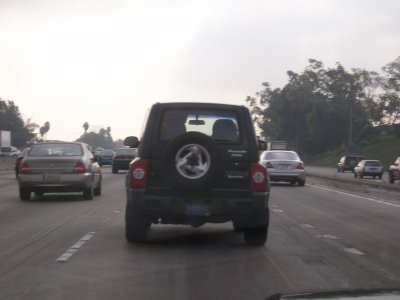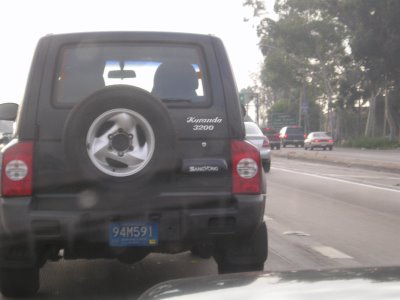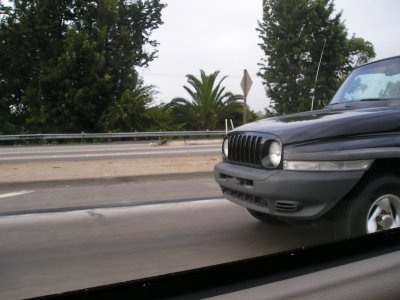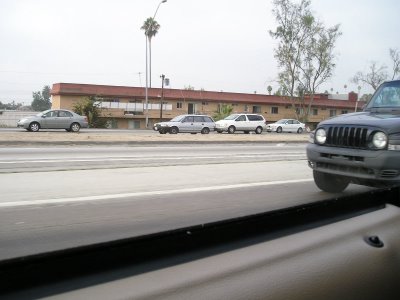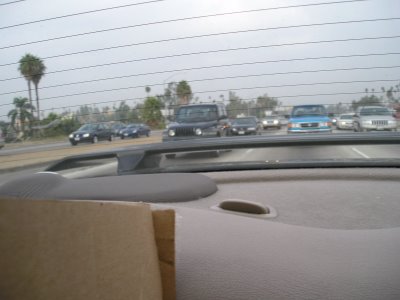 Answer to last week's trivia question: 1953 Vega Roadster. This car was displayed at the latest Barrett-Jackson auction. There is some debate between the Street Level crew weather or not this could be considered a concept car for the T-Bird. You be the judge. "This one off prototype was commissioned by Ford Motor Company and financed by Henry Ford II. Willys Wagner, stylist for the International Division of Ford Motor Company and the legendary Indy racecar designer Frank Kurtis awarded the project to automotive designer Vince Gardner. Vince's resume includes Studebaker, Ford, Budd car body manufacturer, and most notably, the Auburn Automobile Company design department under the direction of Gordon Buehrig, the design team responsible for the famed Cord 810. Vince's influences from his days at the Auburn Automobile Company are clearly evident in the Vega's (Cord like) disappearing headlights. Vince spent over 2 years building the lightweight aluminum bodied roadster. Henry Ford would check on the progress and sometimes bring his celebrity friends, Groucho Marx and Red Skelton. Howard Hughes also paid a visit. Upon the cars completion, Ford Motor Company summoned the "one off" Vega roadster back to Dearborn to celebrate the firms 50th anniversary. Ford displayed the Vega for several years at its Rotunda Exhibition Hall in Dearborn. Then it slipped into obscurity. However, not before a seed was planted. While strolling through the 1953 Paris Auto Show, Henry Ford II, first acknowledged interest in building his own two seat roadster, which would become the 55 Thunderbird.'' - Barrett-Jackson
Answer to last week's trivia question: 1953 Vega Roadster. This car was displayed at the latest Barrett-Jackson auction. There is some debate between the Street Level crew weather or not this could be considered a concept car for the T-Bird. You be the judge. "This one off prototype was commissioned by Ford Motor Company and financed by Henry Ford II. Willys Wagner, stylist for the International Division of Ford Motor Company and the legendary Indy racecar designer Frank Kurtis awarded the project to automotive designer Vince Gardner. Vince's resume includes Studebaker, Ford, Budd car body manufacturer, and most notably, the Auburn Automobile Company design department under the direction of Gordon Buehrig, the design team responsible for the famed Cord 810. Vince's influences from his days at the Auburn Automobile Company are clearly evident in the Vega's (Cord like) disappearing headlights. Vince spent over 2 years building the lightweight aluminum bodied roadster. Henry Ford would check on the progress and sometimes bring his celebrity friends, Groucho Marx and Red Skelton. Howard Hughes also paid a visit. Upon the cars completion, Ford Motor Company summoned the "one off" Vega roadster back to Dearborn to celebrate the firms 50th anniversary. Ford displayed the Vega for several years at its Rotunda Exhibition Hall in Dearborn. Then it slipped into obscurity. However, not before a seed was planted. While strolling through the 1953 Paris Auto Show, Henry Ford II, first acknowledged interest in building his own two seat roadster, which would become the 55 Thunderbird.'' - Barrett-JacksonThis week's trivia: Name the three different cities in which corvettes have been produced. Lets not get cute and talk about how someone may have built one in their garage. I'm talking about normal production corvette plants.


